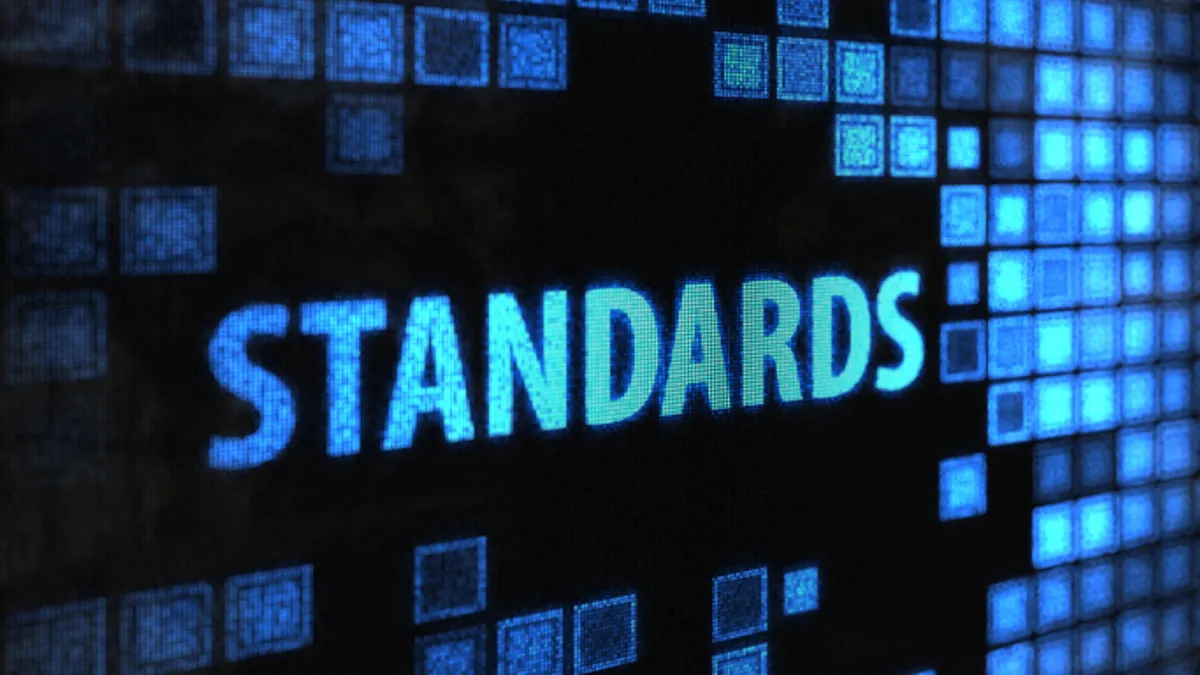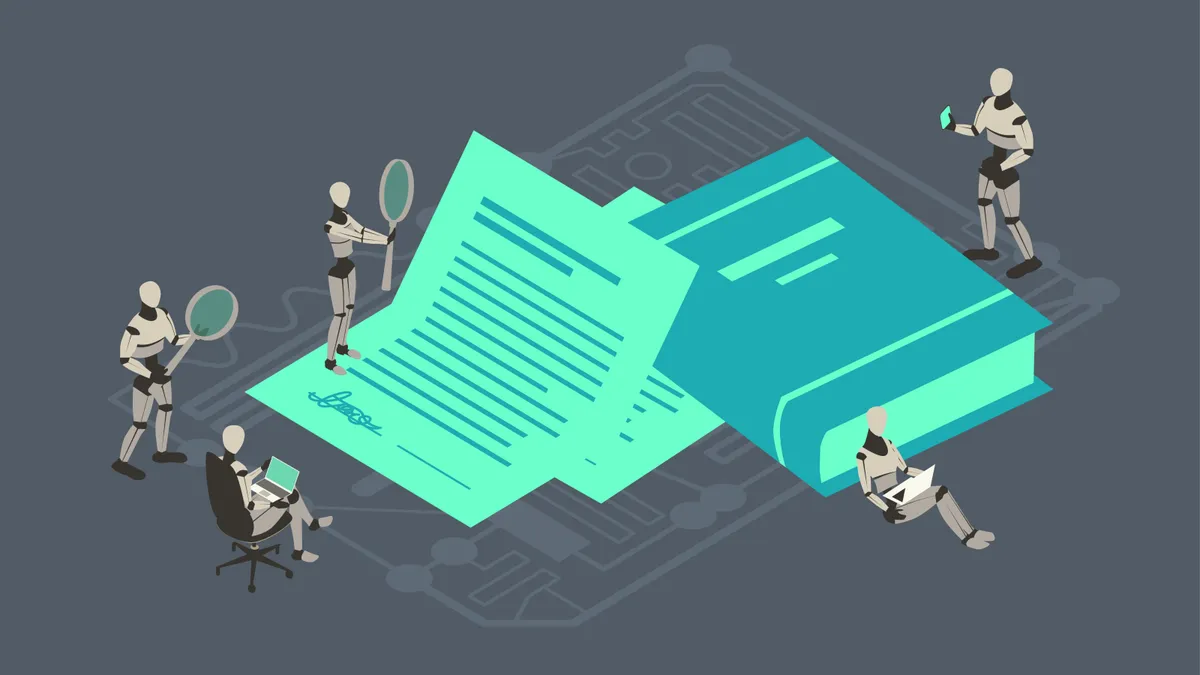When Kyocera AVX General Counsel Mauri Aven was preparing internal clients for a shift to automation in the way their company manages contracts, she highlighted how the new approach would make their lives easier. But when it came time to pull the trigger on the switch, she made it mandatory.
“I stopped taking agreement requests via email,” Aven said in a Zycus webcast.
Before Aven led the switch to a contract lifecycle management (CLM) software system, the global electronic component manufacturing company managed contracts manually.
Someone in the company would send her a request by email to have an attorney review a draft agreement. The attorney would usually ask for more information from the requestor before reviewing it, then get input from other people who worked in the company if that was needed, and then email suggested changes to the requestor, who in turn would send it to the other party.
It could take months for the contract to get back to the attorney, who would then go through old emails to get refreshed on the context before signing off on it.
“Continuing to manage contracts via email … was untenable,” said Aven.
9% improvement
Inefficiently managed contracts typically cost companies 9% of annual revenue, according to data from World Commerce & Contracting, a nonprofit standard-setting group.
The losses stem from the amount of time attorneys spend on administrative and other manual tasks associated with drafting and reviewing contracts, poor compliance with deadlines and other terms after contracts are put into effect, and missed opportunities for up-selling and other valued-added activities that companies can realize by conducting AI-assisted metadata analysis of contract terms.
Kyocera AVX realized efficiencies right away by using AI to analyze force majeure clauses in all of the company’s contracts, including its legacy contracts, Aven said.
“In the past, when force majeure events would come up, we’d have to manually review each agreement,” she said. “It would take a long time assessing and triaging what agreements we needed to look at and address first. But with the AI system, you push a button and can say which agreements have a 30-day notice period, which ones have a two-week notice period, for a force majeure notification.”
Aven said she’s hoping to extract more efficiencies by doing things like milestone tracking, which will help her keep track of when contractual obligations are met. That can enable a general counsel to renegotiate terms before they expire, take advantage of early-bird discount rates and avoid compliance penalties, among other things.
Phased approach
The company is taking a phased approach to implementation by getting the CLM system up and running in the company’s U.S. operations before rolling it out in its operations in Europe and Asia.
“If we waited to roll it out when we felt we had designed a perfect system, everywhere and all at once, it would take too long,” she said. “The system would be outdated by the time it was done.”
To get buy-in, she began touting the new system’s benefits once she had selected the vendor and the process was underway to convert the company’s legacy contracts and workflow to the form it was needed for automation.
“We hyped the new system early and often,” she said. “We advertised some of the features we thought people would be excited about internally to build some excitement.”
For example, she played up the self-service approach people would be able to take to execute non-disclosure agreements.
“If someone was needing an NDA, they would put in the other party’s information, answer a few questions and the system would automatically generate an NDA ready for signature by both parties,” Aven said.
As the conversion to the new system was being finalized, she worked with the company’s contracts manager to provide training and step in with help for anyone who was having trouble using it.
“We held live training sessions and added the recorded training sessions to our internal intranet,” she said. “Our contracts manager created training cheat sheets so someone could quickly ascertain how to do specific tasks such as request and approve an agreement. She also made herself available to walk people through a task any time anyone was having trouble.”
Behind the scenes, the new system was being pre-loaded with the company’s standard contract clauses and its legacy contracts were being tagged with metadata so their terms would be searchable in the same way as the new digital contacts.
Getting everything ready to be included in the system was a useful process, she said, because it forced the company to look hard at how it was managing its contracts and whether the workflow it was using made sense.
“Many people have worked here for several years or decades and many things were done without formal documented procedures,” she said. “They were just based on the ways they were always done, so this forced us to document procedures and workflows, examine and update them and make them more efficient across the company. Not only was this necessary to start using a contract management system, but was helpful for effectively training new hires.”
In the end, the company had a robust, user-friendly system, but Aven didn’t leave adoption up to chance.
“Once someone used the system, they were good to go from that point forward,” she said. “But we also made it mandatory. I made everyone use the system.”


















